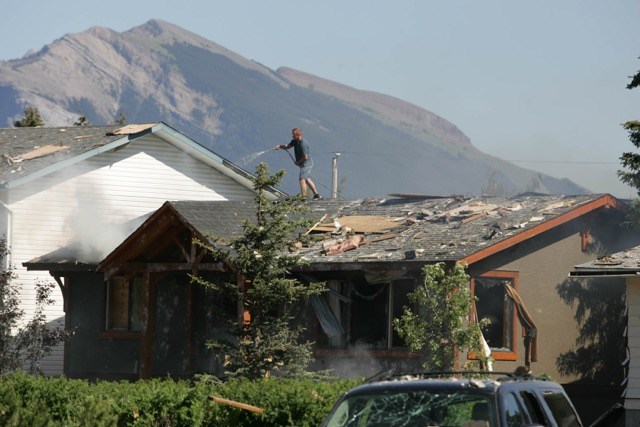For the past 2 years, BOWDA has made presentations to Council regarding the inequities of the Property Taxes in Canmore.
For the past 2 years, BOWDA has made presentations to Council regarding the inequities of the Property Taxes in Canmore. We are pleased that Council listened to the concerns, and that Town Administration did a thorough review of the issues with Council, Administration, Public, Business and Industry input.
Here is a recap of the three issues that BOWDA had concerns with, and how the Town has dealt with them:
1. Commercial vs Residential Property Taxes. Our concern was the increasing reliance of the Commercial tax base to fund the Municipal Operating Budget. The Commercial tax assessement accounted for 14% of the total tax base in 2007, and this increased slightly to 15% in 2012. However, the Municipal tax share rose from 27% in 2007 to 39% in 2012. Essentially, the Town was shifting the tax burden onto the business community. A significant, $1 million shift occurred in 2008, just as the worldwide economic recession hit.
BOWDA took exception to this, and raised the issue with Council who established the “Property Tax Taskforce” (say that 5 times fast!). This taskforce brought in Ben Brunnen from Calgary to provide background information and discuss the issues around taxation policy.
The taskforce recommended to Council to establish a target of 33% of Municipal taxes to be drawn from the Commercial Tax Base and 67% from the Residential Tax Base. This is more in line with other municipalities that are similar to Canmore (and with whom we compete for residents and businesses).
Although the policy has not yet been approved by Council, in May 2013, Council made the decision to shift $100,000 in tax burden from the Commercial Tax Base to the Residential Tax Base. BOWDA sees this as a significant step in the right direction to correct the inequity of Commercial vs Residential tax rates. Council will continue to phase in more tax shifts in future years in order to reach the recommended target.
2. Tourist Home Mill Rates. This is an issue of fairness. If a person who is a Permanent Resident of Canmore, and a person who is a “Semi-Permanent” Resident (ie weekender) of Canmore purchase properties in a Tourist Home zoned area, they are treated differently. The Resident can sign a Statutory Declaration stating that he or she is not using the property as a Tourist Home, and pay the lower Residential Tax Rate. However, the Semi-Permanent Resident is not given that same opportunity.
Council voted in April 2013 to direct Administration to remove the inequity, and ensure that both Resident and Semi-Permanent Residents are treated the same way and allowed to sign a Statutory Declaration and pay the lower Residential Tax Rate, if they are not using their home as a Tourist Home.
3. Vacant - Serviced Land. A number of years ago the Council of the day decided to tax vacant serviced land at a higher tax rate in order to encourage development and discourage speculation. That policy probably made sense at the time, however with the change in the world’ s economy, BOWDA felt that it was time for a review.
The Property Tax Taskforce is recommending that this policy be eliminated so that Vacant - Serviced Land is charged the same tax rate as Residential property. This will be phased in over time to ensure that there is not a sudden shift of the tax burden back onto the Residential tax base.
